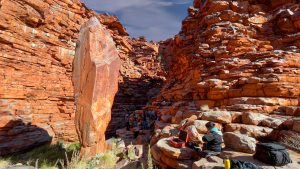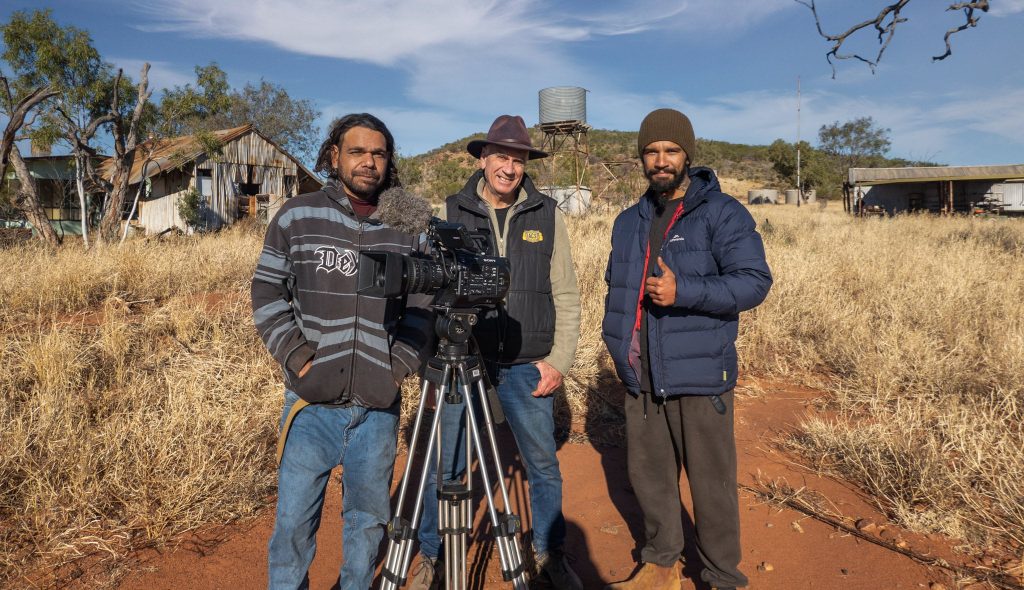Audio – setting up your camera
Most of the important videos that you will ever create in your life will be crucially dependent on the quality of sound that is captured at the time of recording. Whether it is the vital dialogue, key selling point, memorable quote or even just the atmosphere of the occasion, sound will play an essential part.
To ensure that you get a great result you need to plan for your sound acquisition carefully before you leaving for your location.
Camera Menu Settings
You should familiarise yourself with all the different audio recording menus in your camera as each will need to be set correctly.
Internal Microphone/XLR's
Selects either the internal or built-in microphone, or inputting audio via the XLR inputs.
Mic/Line Level
Selects whether the input is set at mic level (i.e. there is a microphone plugged in) or at line level (if the camera is plugged into a mixer)
AGC (Automatic Gain Control) or Auto AGC
Automatically adjusts the gain control on the camera to constantly provide consistent recording levels to tape.
Unfortunately, this process does not account very well for the dynamic nature of dialogue, and provides a strange sounding result. If you are unable to get satisfactory results by manually setting the gain control, or are not in a situation to constantly monitor and adjust levels, this may be a last option.
Inconsistent levels are better dealt with in post-production.
Noise Reduction
Noise reduction is a basic equalization (EQ) tool designed to reduce constant noise such as mains power hum (A/C).
Results are generally limited and tend to affect the recording quality. This is normally better handled in post production.
Wind Reduction
Very similar to noise reduction with similar limited results. Wind noise can be more easily dealt with by using wind protection on the microphone itself.
Channel 1 Record Select
Channel 1 Record Select enables Channel 1 to be recorded onto both audio tracks.
This is fine when using one mono microphone plugged into the camera, however when two microphones are plugged in, only one would be recorded onto both tracks.
48 kHz or 32 kHz
Always set to 48 kHz. 32 kHz enables a four track recording onto the camera, to facilitate laying a voiceover over pre-recorded audio. It is always better to record at the higher quality and lay any additional voice tracks in post-production.
External Camera Settings
Looking at the switches and controls on the camera body itself, we have:
+48v (Phantom Powering)
Better quality microphones (known as condenser microphones) require 48 volt power to operate.
Leaving this switched off is a common cause of not being able to record sound. To be safe, most microphones that do not require +48v will work fine with this being switched on, but it can cause some noise with a small percentage of microphones.
Mic/Line Switch
As in menu setting Please note that some cameras have this option as an external switch on the body of the camera.
Auto/Manual Switch
Refers to the AGC (Automatic Gain Control) as discussed in menu settings. Once again, with correct gain level control, this should not be used if possible.
Setting Gain
Finally it is critical to find and set the gain controls on your camera to a “safe” recording zone. Ideally, dialogue should be peaking between –20 (soft) to –10 (loud) on your camera's level meters, maximising the dynamic range.
If these settings are too low then you run into the problems of noisy recordings from the camera?s audio circuitry. Set too high it could potentially distort the camera.
Whilst much can be done in post-production to fix up your recordings, stay with these basic levels on location and you will have a good start to a great recording.
Three points worth remembering
- Plan for your sound before you leave for your location
- Ensure your camera is set to record audio at 48 kHz, not 32 kHz
- When recording dialogue, set your levels for between -20 and -10 to optimise your cameras dynamic range
Thanks to sound recordist and sound tutor James Nowiczewski for these notes. James is an internationally experienced sound recordist, and he conducts audio for video training courses.

 Filming of a feature length documentary is underway in the Central Desert region of the Northern Territory. The film is being written, produced and filmed by PAW Media and Communications (Pintubi Anmatjere Warlpiri) based in Yuendumu, 300k NW of Alice Springs.
Filming of a feature length documentary is underway in the Central Desert region of the Northern Territory. The film is being written, produced and filmed by PAW Media and Communications (Pintubi Anmatjere Warlpiri) based in Yuendumu, 300k NW of Alice Springs.